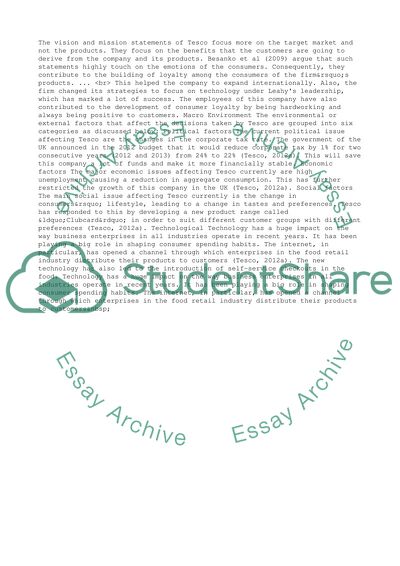Cite this document
(“Business Capstone Assignment Example | Topics and Well Written Essays - 2000 words”, n.d.)
Business Capstone Assignment Example | Topics and Well Written Essays - 2000 words. Retrieved from https://studentshare.org/business/1470419-business-capstone
Business Capstone Assignment Example | Topics and Well Written Essays - 2000 words. Retrieved from https://studentshare.org/business/1470419-business-capstone
(Business Capstone Assignment Example | Topics and Well Written Essays - 2000 Words)
Business Capstone Assignment Example | Topics and Well Written Essays - 2000 Words. https://studentshare.org/business/1470419-business-capstone.
Business Capstone Assignment Example | Topics and Well Written Essays - 2000 Words. https://studentshare.org/business/1470419-business-capstone.
“Business Capstone Assignment Example | Topics and Well Written Essays - 2000 Words”, n.d. https://studentshare.org/business/1470419-business-capstone.


